If you want to get a reading on a place, it’s always best to ask the people who have traveled there. What’s even better, is to ask someone who has traveled there, and just about everywhere else. Someone like Antonia. She has driven a pink tuk-tuk 12,500 miles from Bangkok to Brighton, is a founding member of the Mongol Derby, has driven Urals in the Russian Arctic, and has traveled and worked in over 50 countries. Amazingly, that’s just the beginning of her resume. She now plans to lead a 2-week trip through Bolivia with her business partner, Kerry, this coming October, and that got us wondering—what are the biggest reasons to ride in Bolivia? We posed the question to Antonia, and while some of her answers are obvious, there were a few we didn’t expect.
1. Unparalleled geographical diversity
In terms of landscapes, Bolivia pretty much has it all: sparkling salt flats, lush jungle-clad hills, vibrant colonial cities, deserts, flamingo-filled lakes, and the odd towering, snow-streaked volcano. In a single day you could find yourself twisting down a mountain track, climbing over a lung-busting 4,600-metre pass, speeding across the lunar landscape of the Altiplano (the second-largest high plateau on Earth after Tibet), and sipping a Singani Sour in an old Spanish plaza. Very few other countries are blessed with such visual diversity.

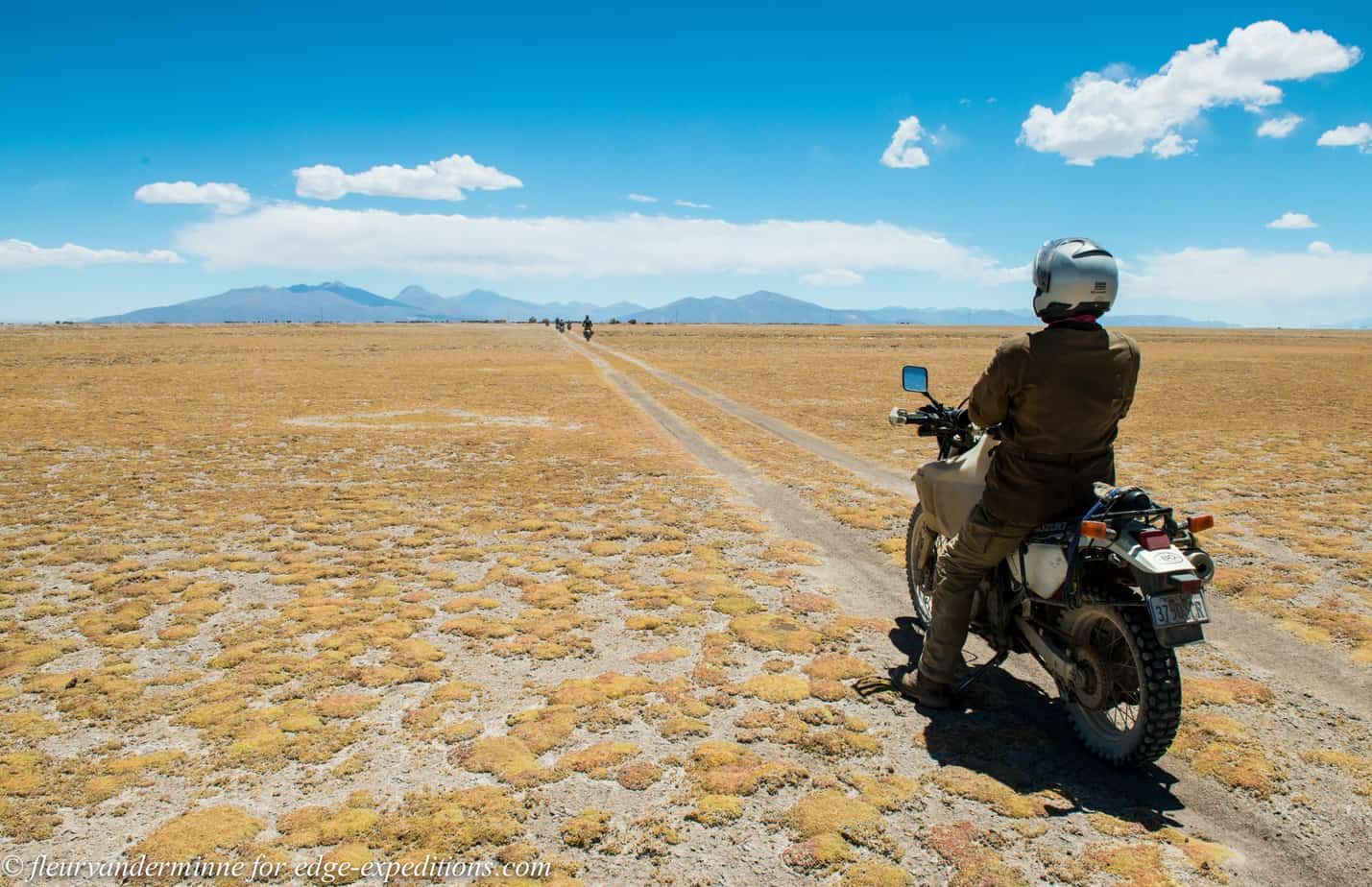

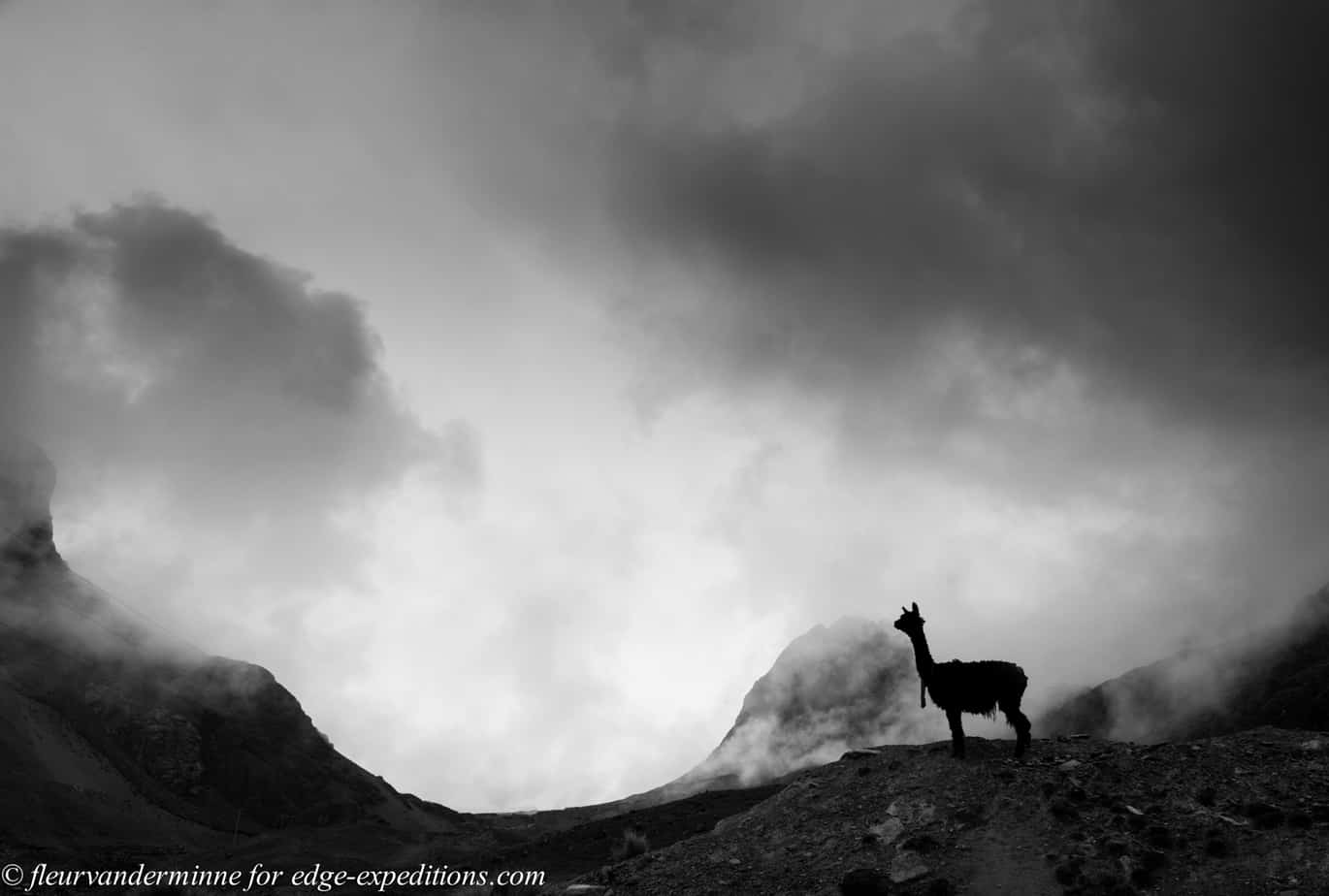
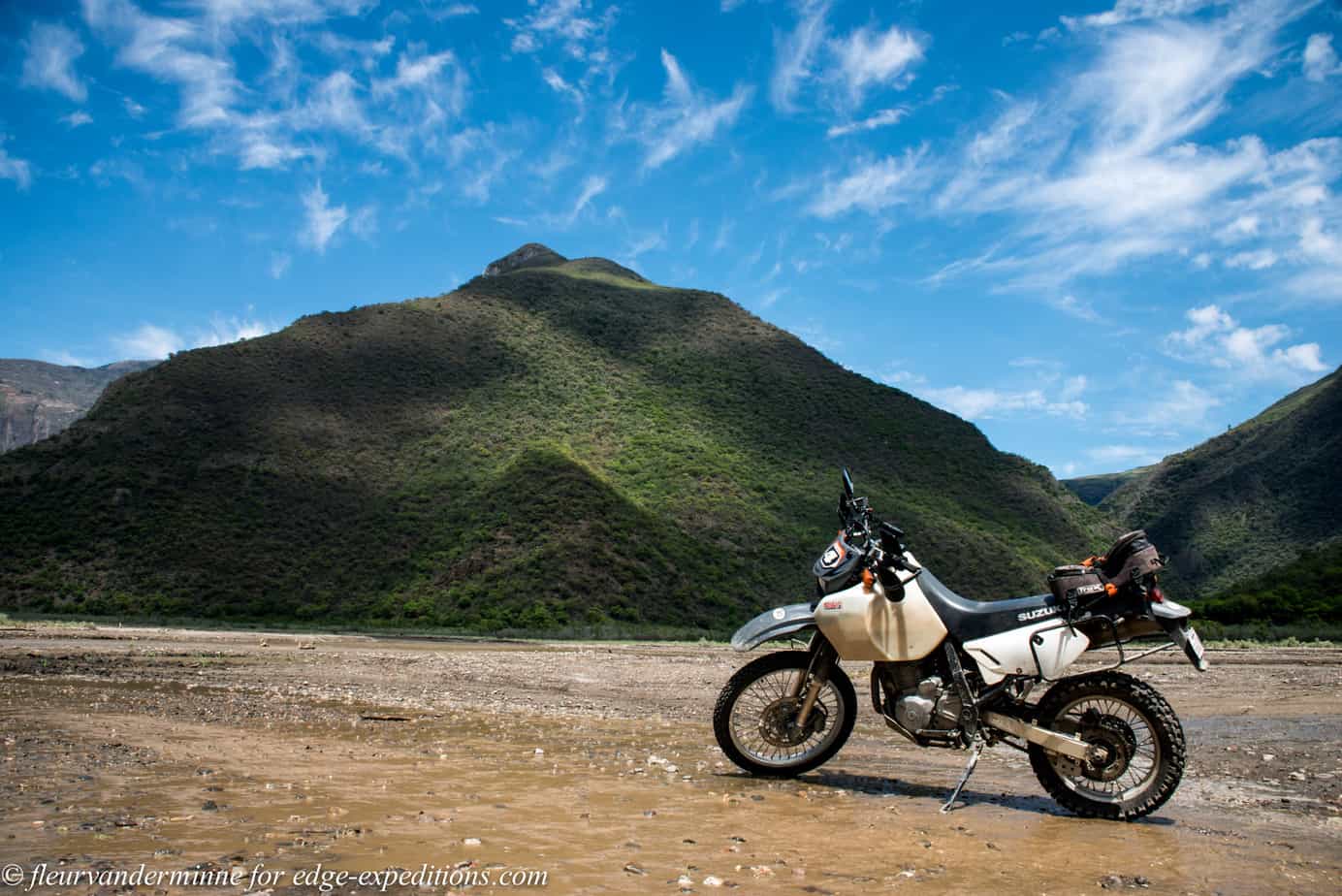



2. The world’s largest salt flats
Of all these landscapes, Bolivia’s pièce de résistance has to be the Salar de Uyuni, an immense salty expanse spread across a whopping 4,000 square miles of the Altiplano. Nothing can prepare you for the exhilarating strangeness of this vast salty desert, or the sheer joy of riding, at speed, across its sparkling, dreamlike surface. The final battle scene from Star Wars: The Last Jedi was filmed here and it’s not hard to see why. There truly can be few better places on earth to ride a motorcycle.




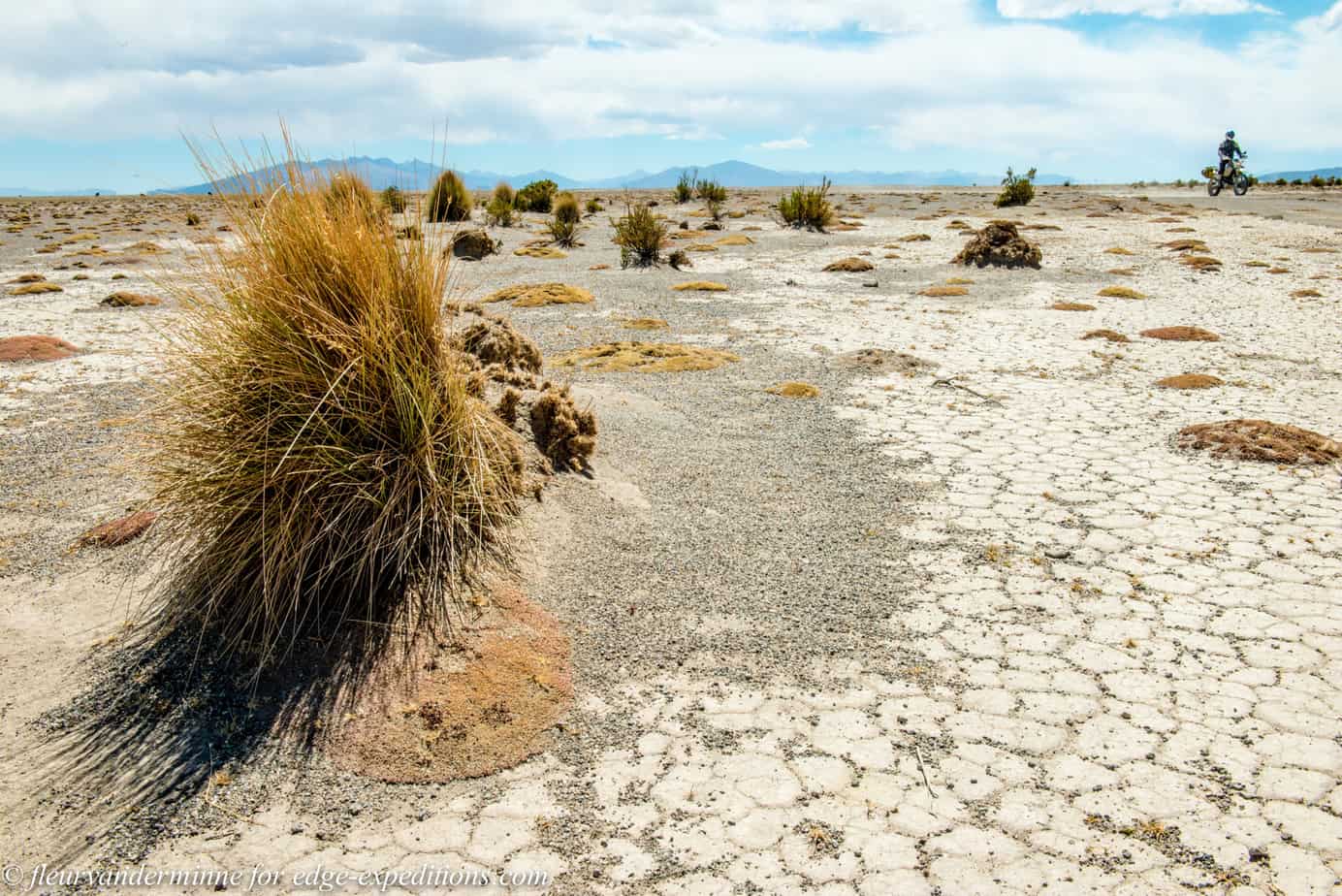
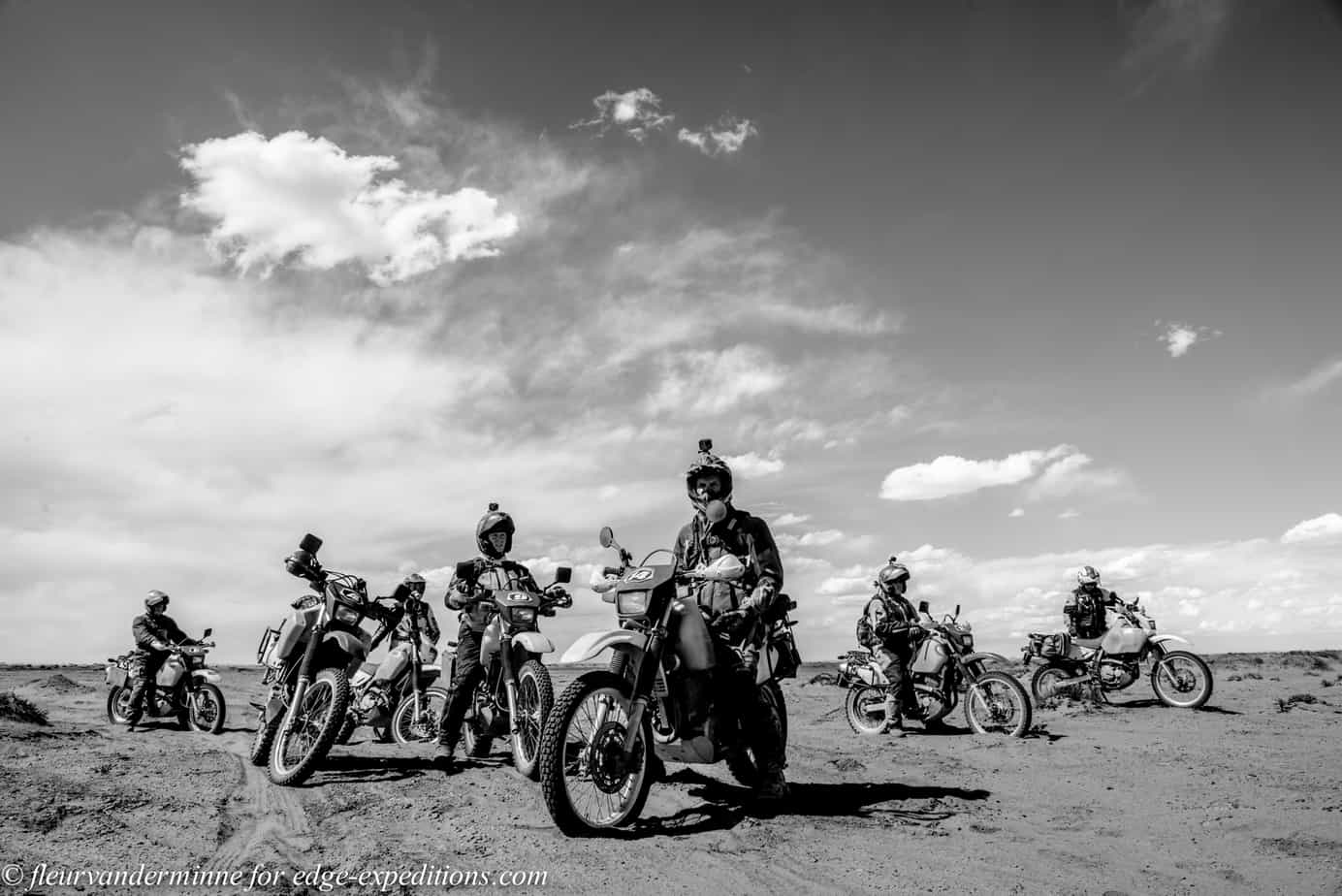
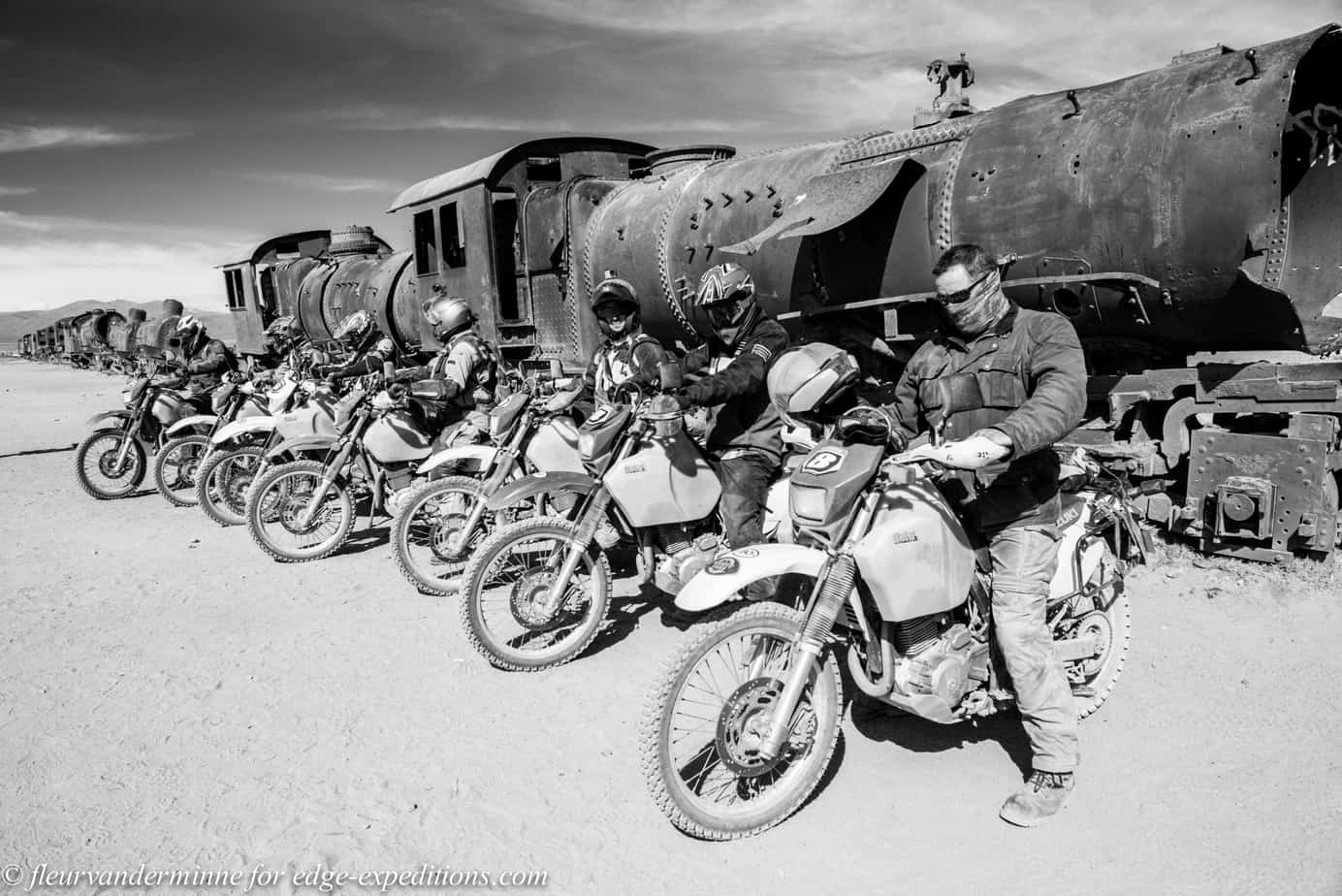

3. Grade-A twisties
If you’re a fan of twisties (and let’s face it, what biker isn’t?) then boy, will you love Bolivia. With a third of the country taken up by the Andes Mountains, there’s no shortage of thrilling mountain roads to ride. And not only do many of these have a perfect dirt surface, they’re also blessed with a glorious absence of traffic. You could spend all day slaloming up and down epic dirt tracks, vultures wheeling overhead, and only pass one or two cars. Otherwise, it’s just you, the occasional herd of sheep, and the odd grazing llama.
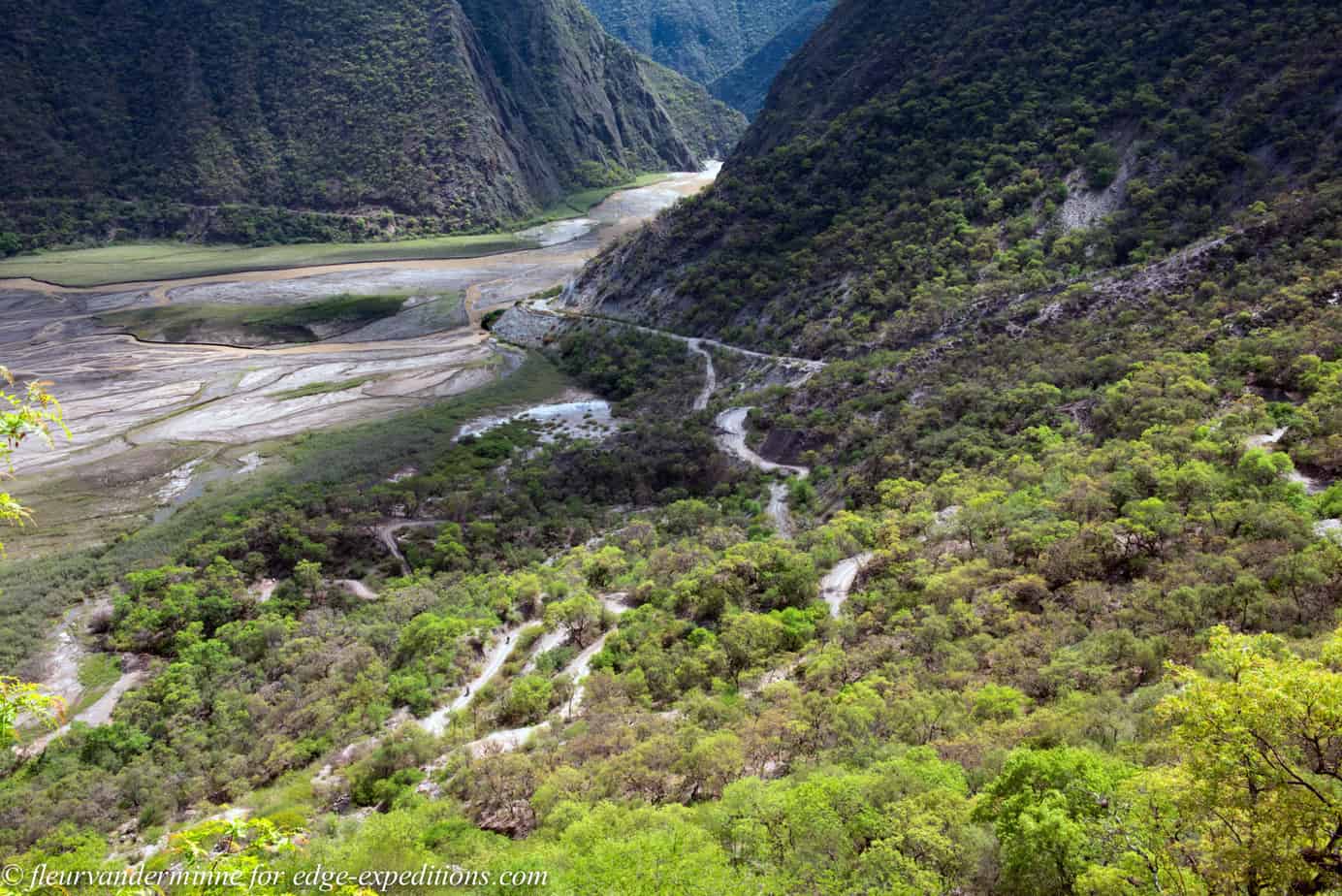

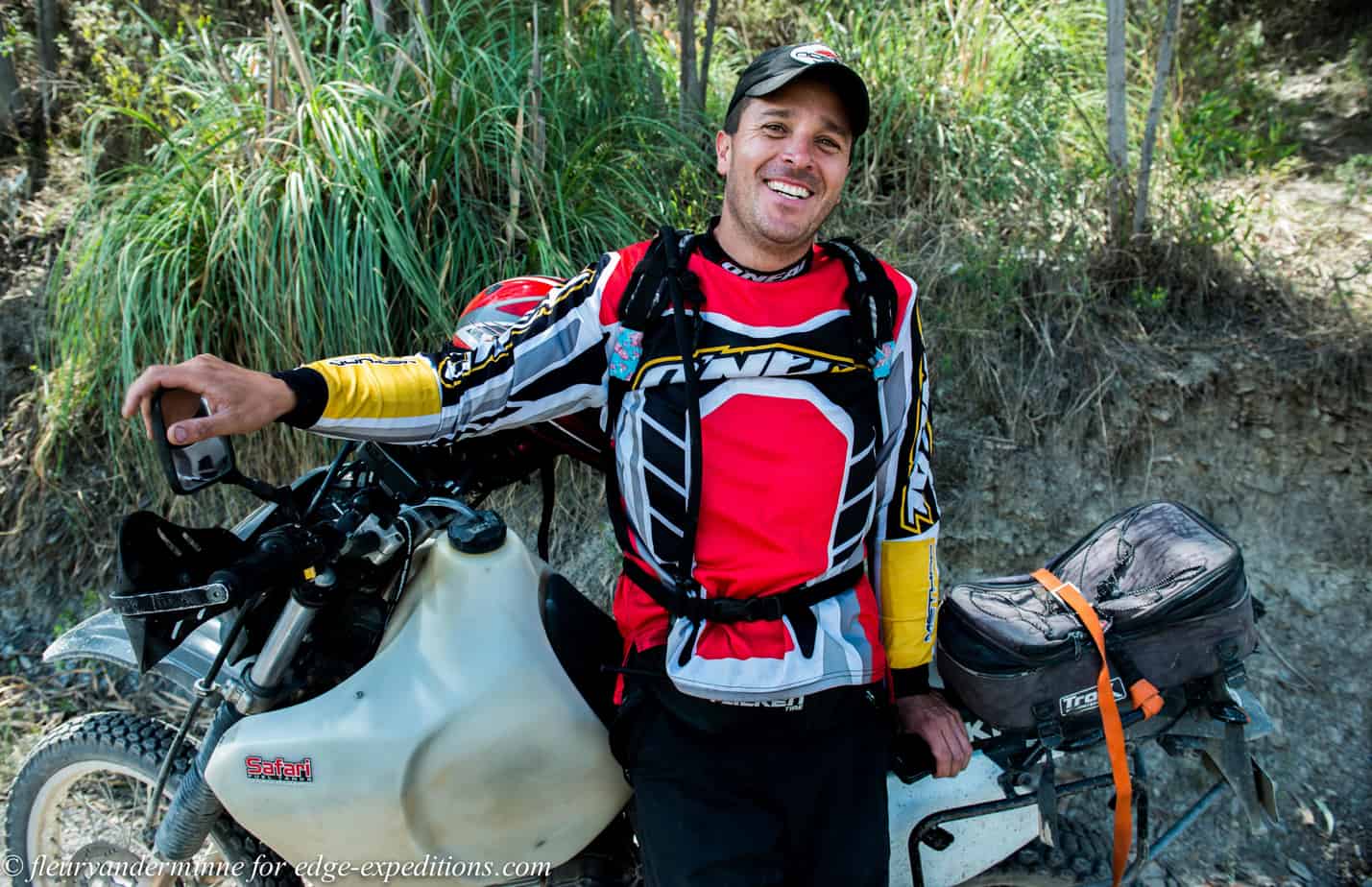
4. Culture
If you’re not of the Iron Butt disposition and enjoy a spot of culture too, then Bolivia has this in spades. You can drink in the elegance of colonial-era cities, visit world-class museums, take a tour of a working silver mine, explore Quechua, Aymara, and Chipaya villages, meet artisans, load your panniers with fantastic textiles, and have your senses blown at some of the continent’s most impressive markets.
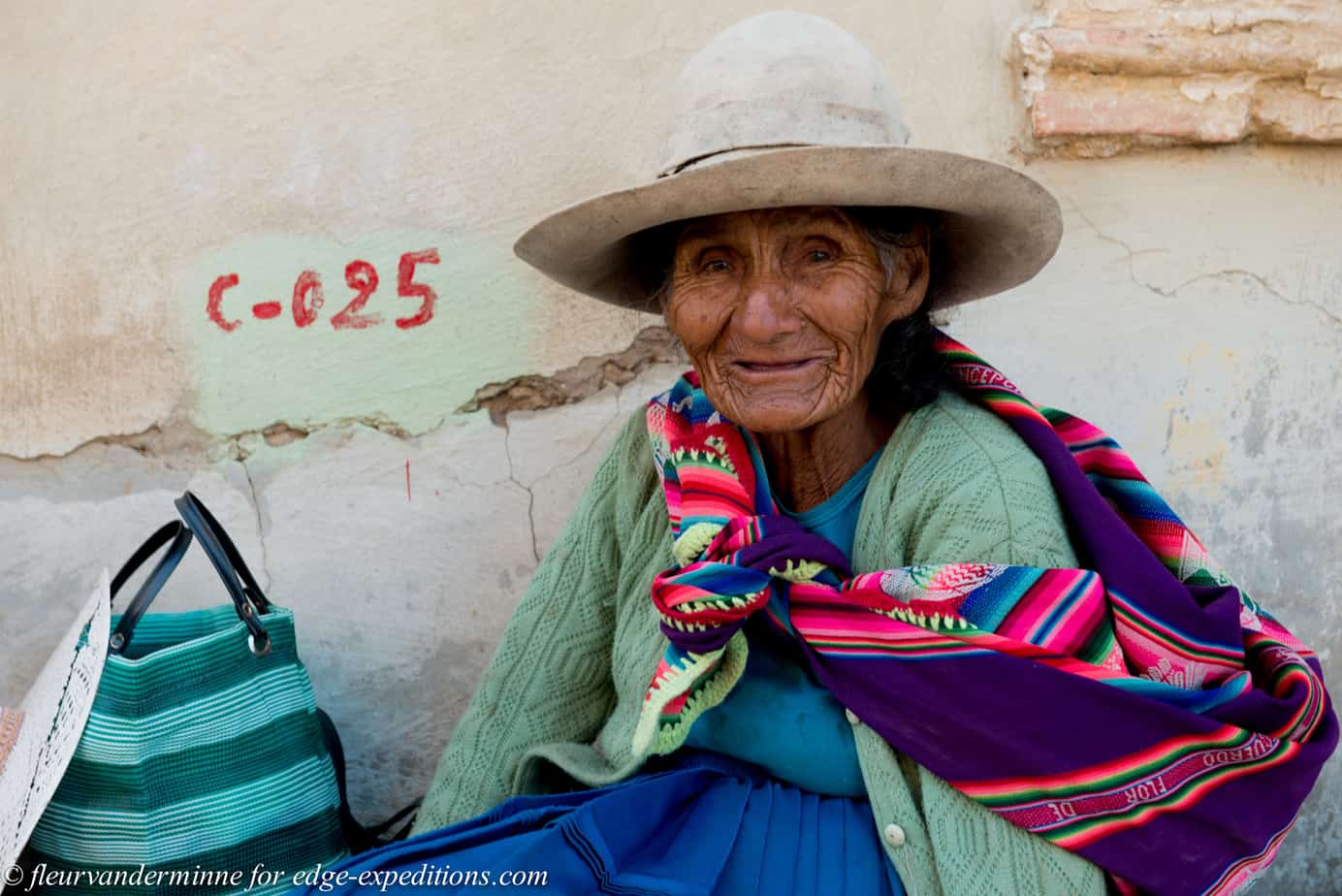
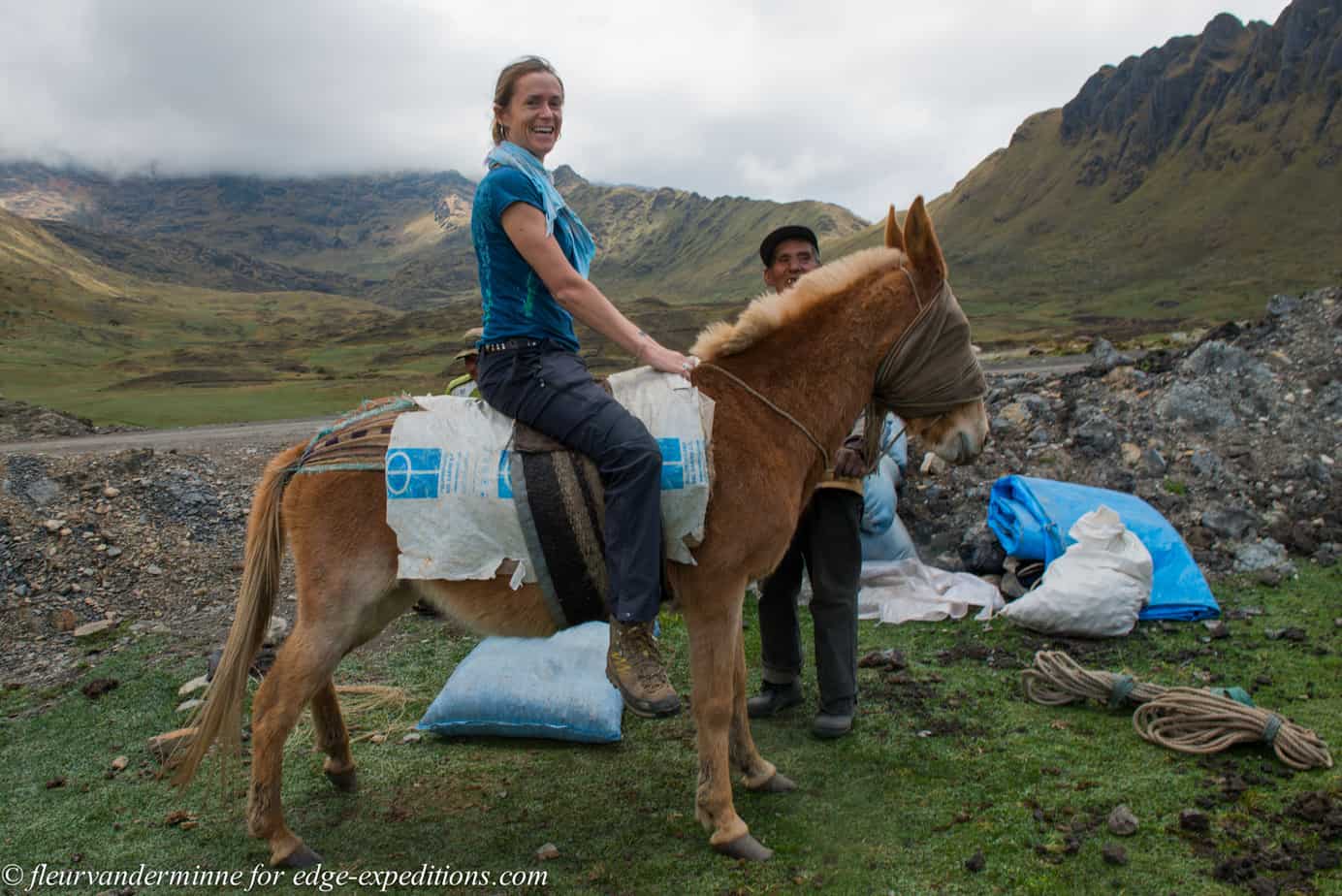


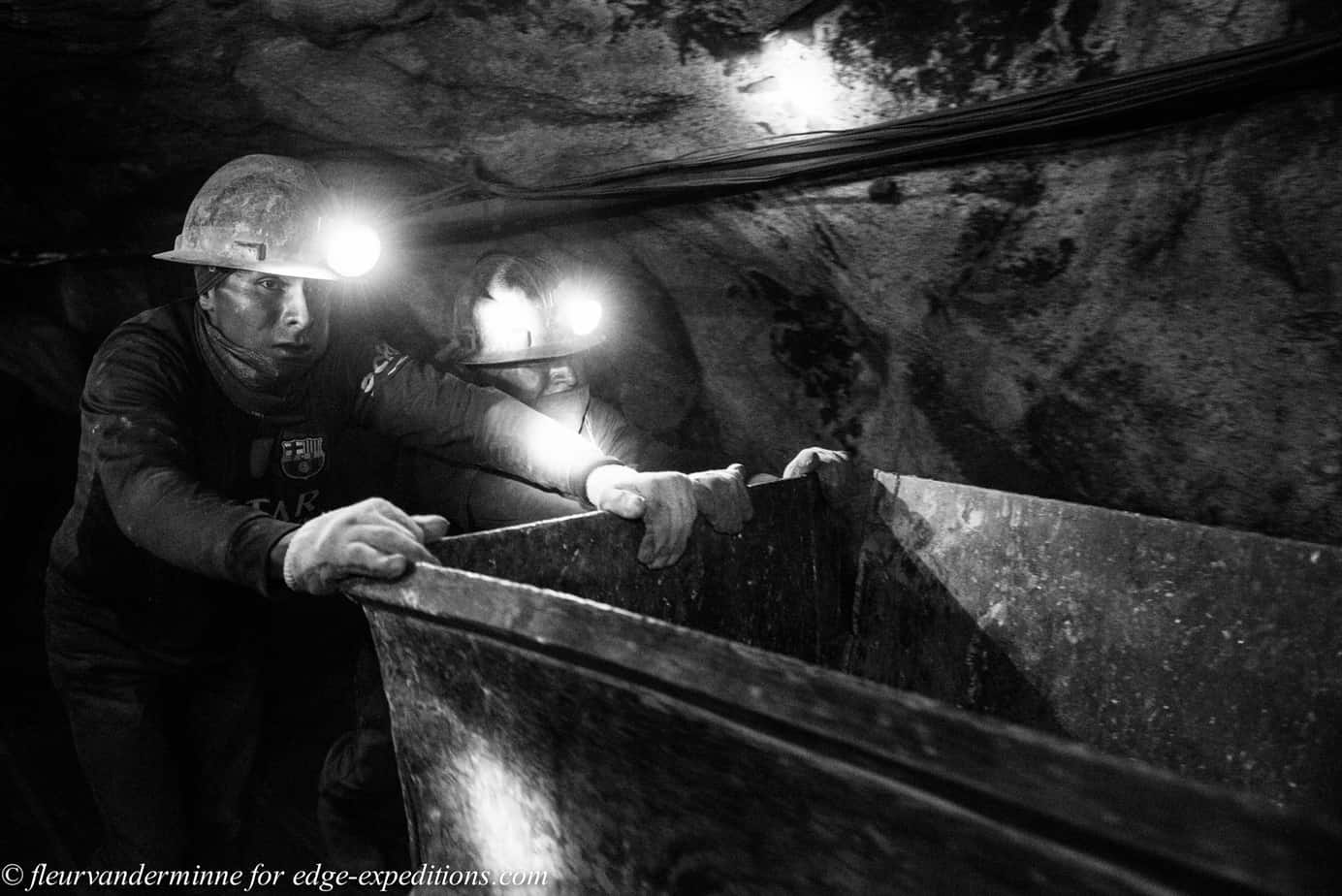
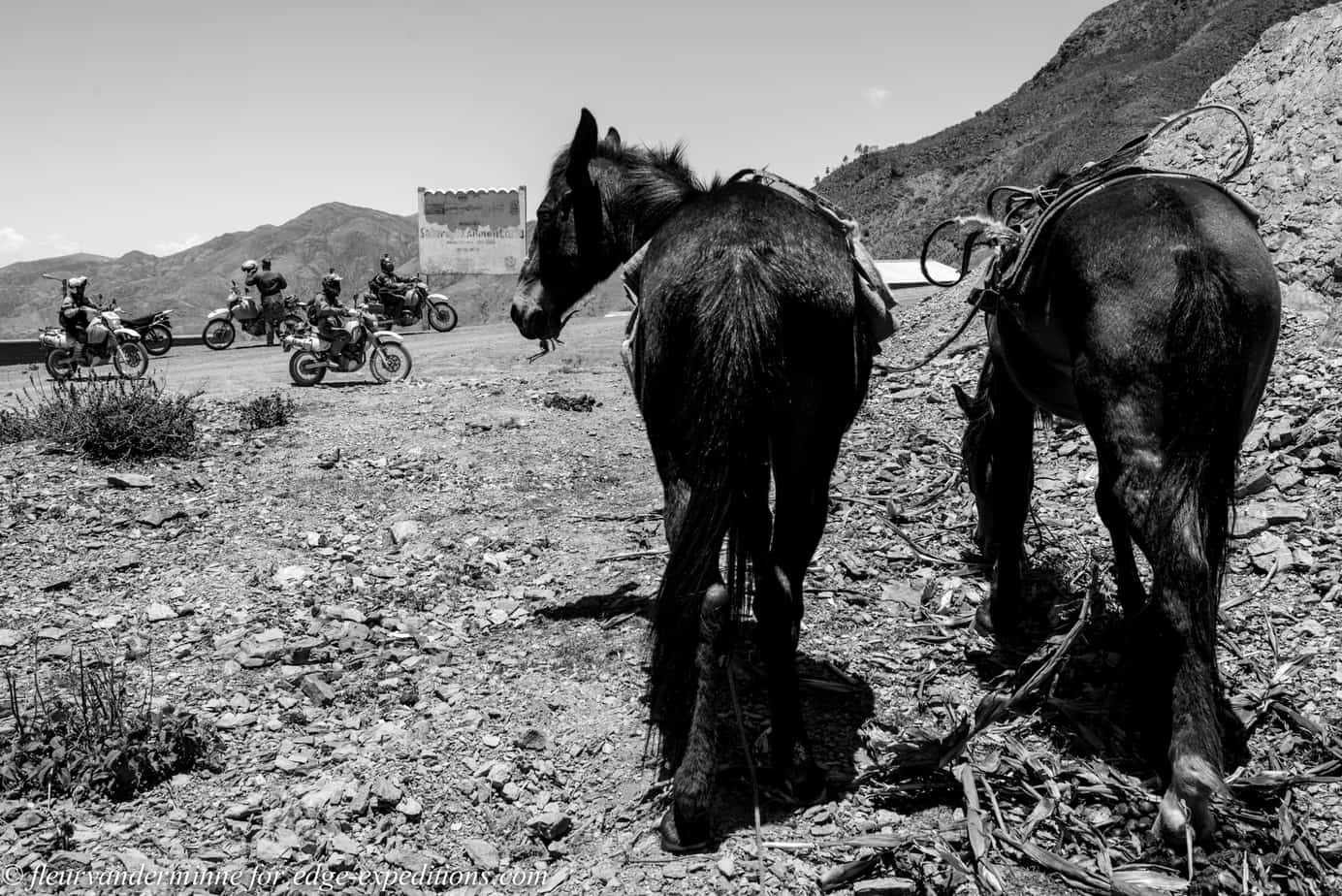
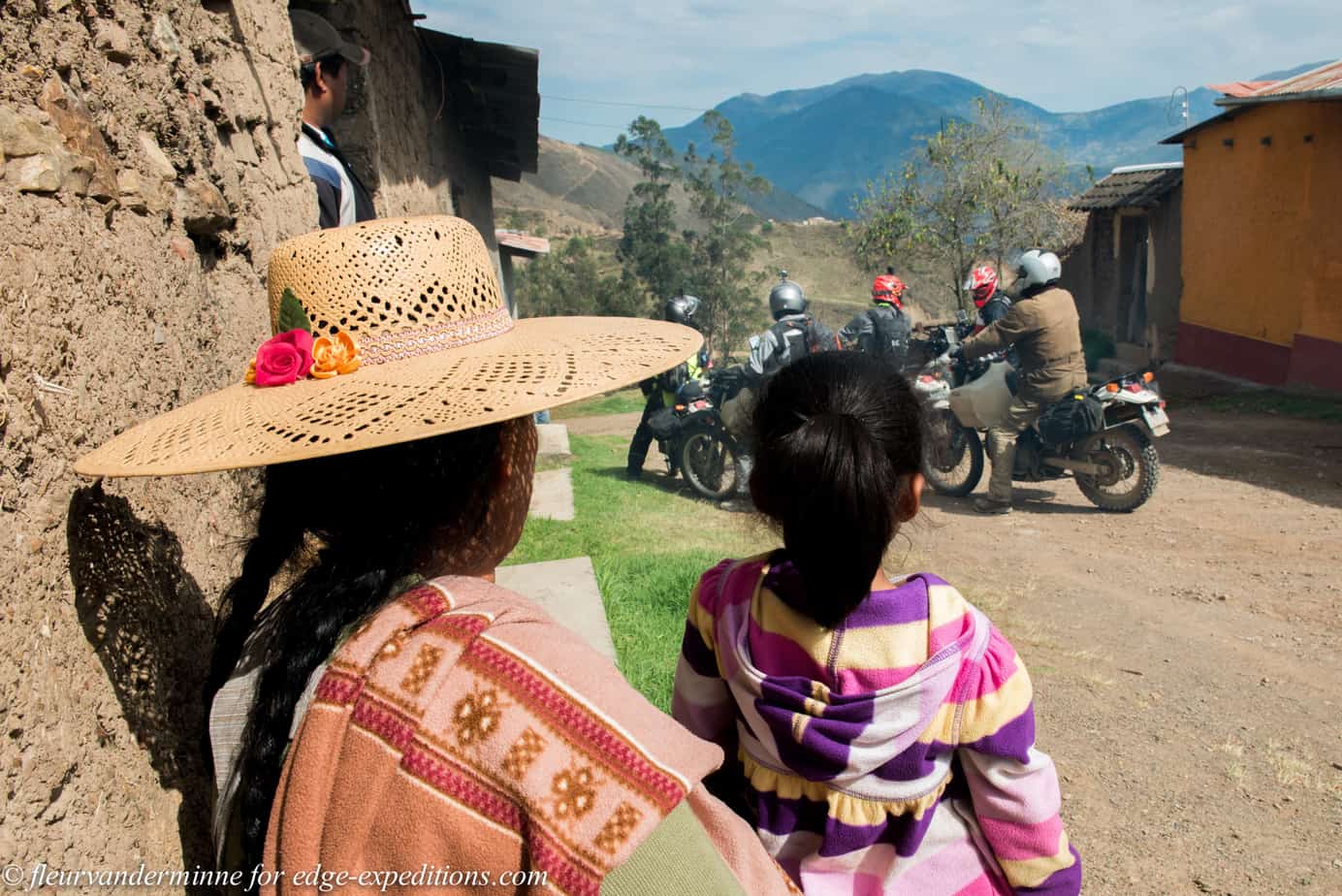


5. A touch of class
Traveling in remote, exciting places can mean accommodation is limited to flea-bitten establishments that serve dinner with a side of dysentery. But not Bolivia. Not only do La Paz, Sucre, Cochabamba, and Potosi boast excellent 5-star hotels, but even the wildest regions are dotted with extremely comfortable hostels. You can ride through the desert all day and not see another soul, yet spend the night under a down duvet, having supped on the finest llama steaks and a bottle of excellent Bolivian Malbec. On the Salar de Uyuni you can even stay in a luxury salt hotel where everything is made of, you guessed it, salt.

If this presses your adventure buttons, then Antonia will be leading a 17-day Bolivian ride for edge-expeditions.com between 07-23 October 2018. The cost is £6050 per person and includes the hire of a DR650 motorcycle, all food and accommodation (in 5-star hotels, cozy homestays, and a luxury salt hotel), guides, a mechanic and a backup vehicle. See www.edge-expeditions.com to find out more.


